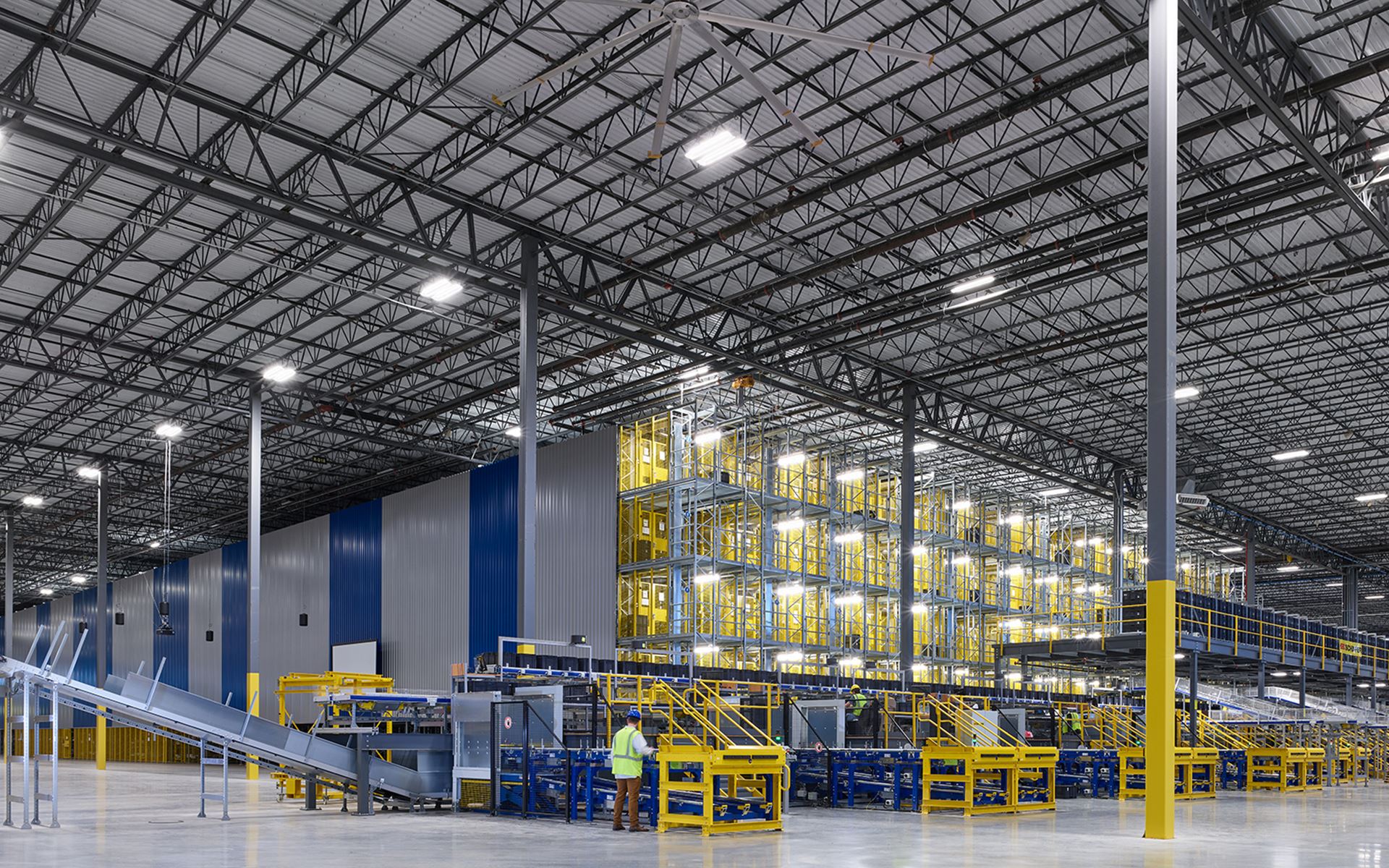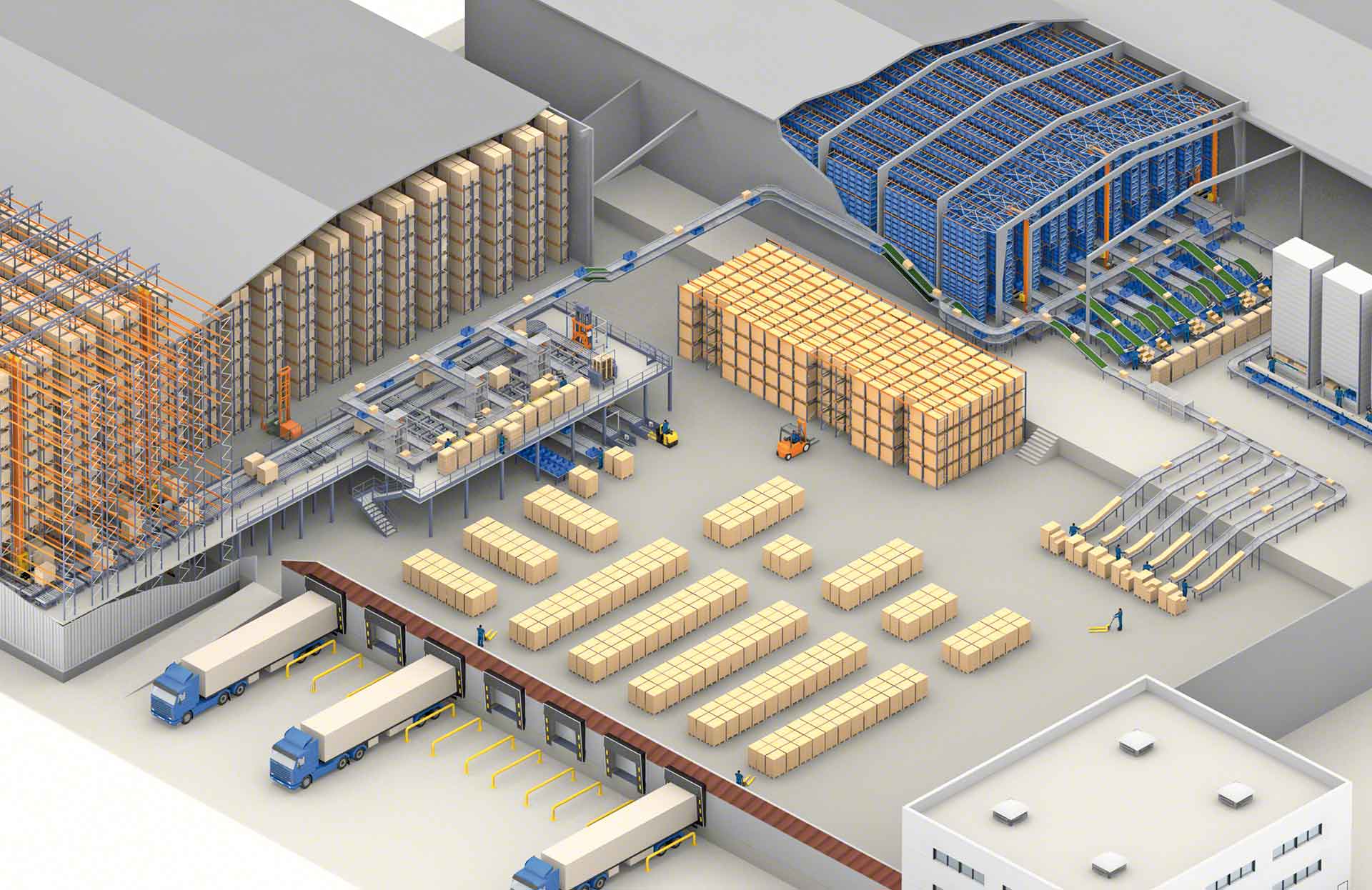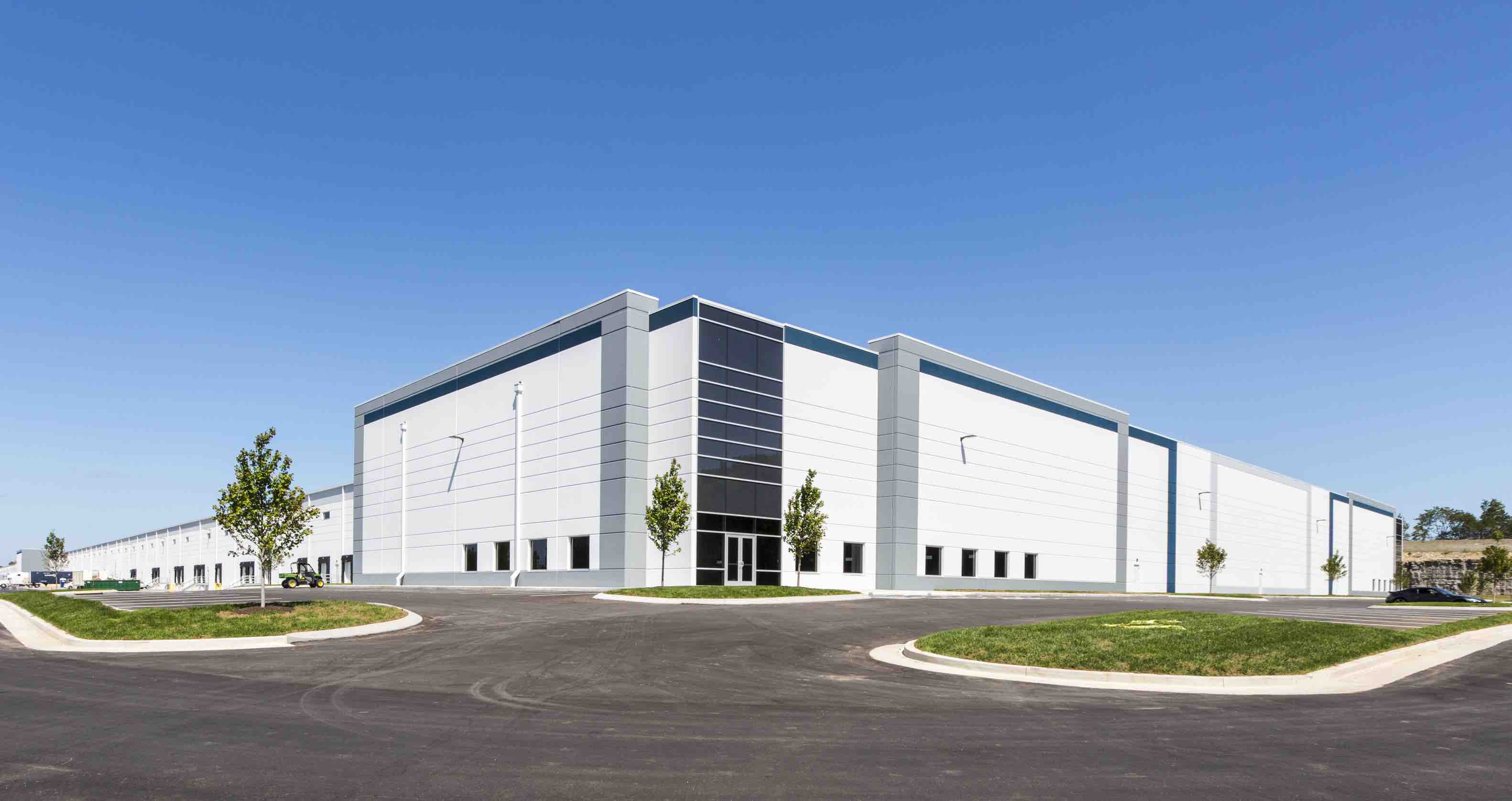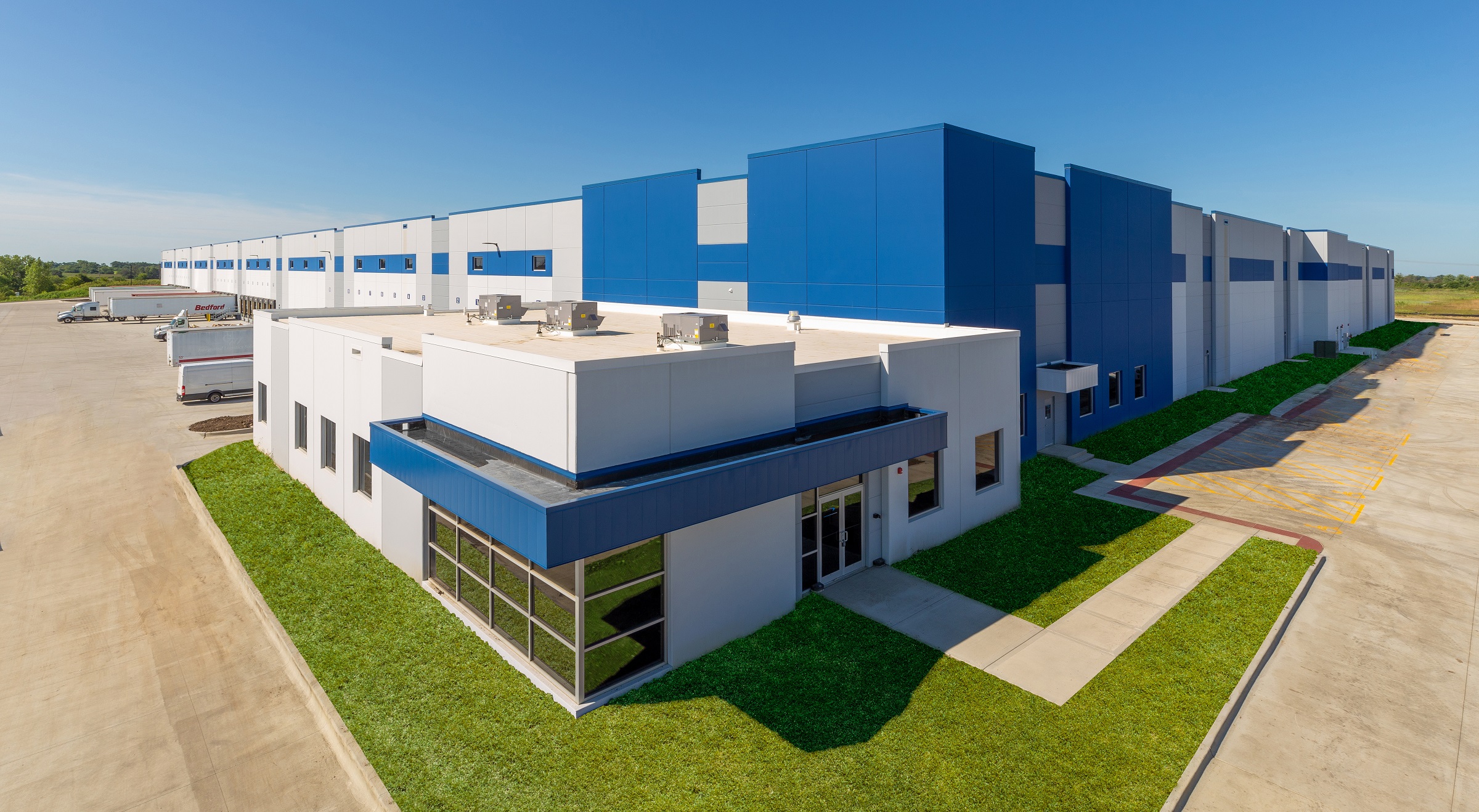Warehouse Design Modular Offices AK Material Handling Systems
Gondola shelving should have aisles that are 8-12 feet wide. By creating the proper aisle widths, you can ensure that your warehouse is safe and efficient. Additionally, wider aisles can help to improve visibility and reduce congestion in your warehouse. 3. Build your warehouse layout design based on your products.

Modern Industrial Warehouse Exterior Design TRENDECORS
Warehouse planning is the process of designing a facility's space with maximum efficiency in mind. The layout must account for the movement of materials, optimized equipment placement, and flow of traffic. Once planners settle on a layout, they'll finalize a comprehensive diagram detailing the design. Why is warehouse design important?

Warehouse Design Guidelines for Infection Control Henderson Building
Features in warehouse designs include higher bays, sophisticated materials-handling equipment, broadband connectivity access, and more distribution networks. A wide range of storage alternatives, picking alternatives, material handling equipment, and software exist to meet the physical and operational requirements of the warehouse.

Exterior Warehouse Front Design
Step 1: Create a Warehouse Diagram An effective warehouse layout starts with an accurate 2D visualization, which you can plan for using physical paper schematics or design software. Physical Schematics Design Software The easiest way to create a physical design is with a copy of your warehouse blueprint.

Prefabricated Industrial Commercial And Residential Steel Structure
1. Define your objectives before beginning the planning process. "When deciding on the layout for a warehouse, the objectives should clearly be defined. The objectives should be aligned with the overall warehousing strategy of the company.
.jpg?width=1920&name=shutterstock_1368994331 (1).jpg)
The Principles of a Warehouse Layout Design
What is Warehouse Design? Warehouses a place to store inventory. Warehousing means maintaining the stock of raw materials, components, spare parts, fuels, work in process, finished goods etc. in a convenient storage location and from there, retrieving the stock as and when required. Warehousing is a part of development of facility structures.

Warehouse Layouts What do you need to know? Interlake Mecalux
A warehouse layout is an organized plan for the efficient storage, retrieval and movement of goods within a warehouse. There's no one-size-fits-all way to plan a warehouse; specific designs generally depend on a business's needs.

Itascabased PREMIER Design + Build Group, LLC completes construction
A warehouse layout is the planned design of a warehouse to streamline overall operations. The right layout should help to improve the flow of production and distribution. Overseeing an entire warehouse workflow is extremely tedious. That's why some companies utilize warehouse management software to automate the process.

The Role of Building Systems in Warehouse Design
A warehouse should be designed to optimize storage and streamline fulfillment workflows. Investing in a warehouse is a tremendous undertaking; it involves supply chain planning, budgeting, financing, and executing in-house fulfillment.

Modern Warehouse Design Energy Efficient Building Design
A well-designed warehouse layout reduces errors, keeps employees safe, complies with regulations, and helps inventory flow in and out efficiently. A poor warehouse design can impact many areas of your business further down the line, but you can optimize your layout in many practical ways. Skustack and Skustack Lens help monitor how inventory.

PREMIER Design + Build Group completes Midwest Warehouse project in
Warehouse layout design 10-min read. Devising a warehouse's layout is the first step in designing an installation. While this may seem like a simple issue, in practice it is difficult to figure out. In this article, it outlines the main factors that need consideration in the design process.

Exterior Warehouse Design Ideas
1. Storage Storage is the primary function of a warehouse. Businesses utilise warehouses to store equipment, raw materials, finished products, packaging materials, safety stock, and machine components. A warehouse facilitates storage for such inventory from purchase or production until they are needed for use or sale.

12 Warehouse Layout Tips for Optimization BigRentz
Cost to Build an Industrial Warehouse. Location and land costs significantly impact the cost of building an industrial warehouse. Warehouses construction prices range from $85 to $202.50 per square foot in select cities, based on the most recent research from Statista: City. Cost/S.F.

Planstone Industrial Pavilion designed bWarehouse
When designing your warehouse layout, it is crucial to allocate maximum space to storage and inventory processing purposes while minimizing space for office areas, empty pallets, charging stations, etc. Additionally, how you decide to allocate space will impact shelving designs, installation capacity, and placement of goods inside your facility.

NAN Industrial offices and Warehouse Architect Magazine Domaen
Warehouse Design Rules of Thumb. Ideal Land to Building ratio in lineal metres, 1.7:1-2:1. Building aspect ratio, 1.7:1 - 2:1. Ideal Warehouse Height at Springing Line 9.5-10.5 metres. Pallet per Sq metre ratio 1 - 1.2 (with conventional storage racking) Truck turning space 30-40 metres. 20 to 25% of the warehouse floor should be left for.

Warehouse Automation Design and Engineering Toyota Material Handling
An adequately optimized warehouse layout can increase production and efficiency while lowering operating expenses. It creates a system for easy inventory flow, lowers costs, and enables you to use available space efficiently. Learn about factors & tips to optimise warehouse layout designs in 2023.